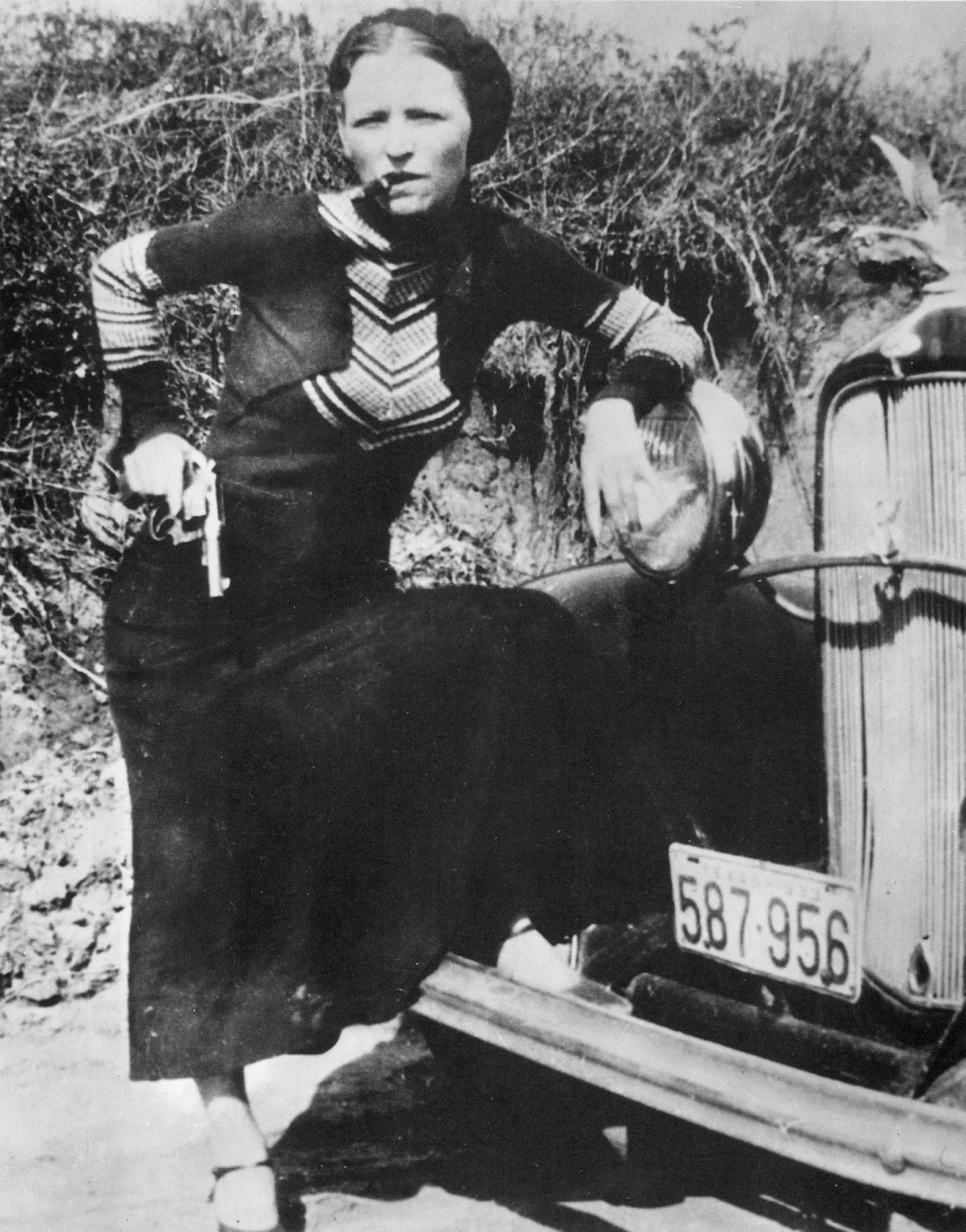Chicago's Shadowy Figures: Exploring Black Gangsterism in the 1930s

The Depression-era streets of Chicago echoed with the clatter of Tommy guns and the whispers of backroom deals. While Al Capone's name dominates the narrative of this period, a lesser-known but equally compelling story unfolded: the rise of Black gangsters in the Windy City.
Imagine Chicago in the 1930s: a city grappling with economic hardship, racial discrimination, and rampant corruption. Within this tumultuous backdrop, African American criminal organizations emerged, carving out their own territories and challenging the established power structures. Their stories are complex, interwoven with themes of survival, ambition, and the struggle for control in a city teeming with opportunity and danger.
These groups were not simply imitations of their white counterparts. Their operations, motivations, and impact on the Black community were often distinct, shaped by the unique challenges and realities of being Black in a segregated society. They offered a form of illicit employment during a time when legitimate opportunities were scarce, providing a complicated and controversial form of social safety net.
Understanding the history of Black gangsterism in 1930s Chicago requires acknowledging the systemic racism that limited economic advancement for African Americans. Jim Crow laws, discriminatory hiring practices, and pervasive prejudice created an environment where illegal activities could appear as a viable, albeit dangerous, path to economic survival and social mobility.
This exploration is not meant to glorify criminal activity, but rather to shed light on a nuanced and often overlooked aspect of Chicago's history. Examining the motivations, methods, and consequences of Black organized crime provides a deeper understanding of the city’s social and economic landscape during this era.
Key figures like Theodore "Tete" Jones and Daniel Jackson gained notoriety through their involvement in the policy game, an illegal numbers racket that flourished in Black neighborhoods. This offered a path to wealth and influence within these communities, while simultaneously exposing them to violence and exploitation.
The emergence of Black gangsters in the 1930s was a direct response to the limited opportunities available to African Americans. The Great Depression disproportionately affected Black communities, and the lack of legal employment options created a fertile ground for alternative economic activities.
While some viewed these figures as Robin Hood-esque figures who redistributed wealth within their community, others saw them as exploiters who preyed on the vulnerable. This duality is a crucial element in understanding their legacy.
One major issue stemming from the rise of Black gangsterism was the cycle of violence it perpetuated. Turf wars and rivalries often resulted in bloodshed, further destabilizing communities already grappling with poverty and discrimination.
Advantages and Disadvantages of Black Gangsterism in 1930s Chicago
| Advantages | Disadvantages |
|---|---|
| Provided illicit employment during economic hardship | Perpetuated violence and instability within communities |
| Offered a pathway to social mobility for some | Reinforced negative stereotypes about African Americans |
Frequently Asked Questions:
What were the primary activities of Black gangsters in 1930s Chicago? Primarily, they were involved in the policy game, as well as other illegal activities like bootlegging and protection rackets.
How did the Great Depression impact the rise of Black gangsters? The Depression exacerbated existing economic inequalities, making illegal activities seem more appealing to those struggling to survive.
Were there any positive impacts of Black gangsterism? Some argue that they provided economic support to their communities and challenged the established power structure.
Why is this history important to understand? It provides a more complete picture of 1930s Chicago and sheds light on the complex social dynamics of the era.
What were the main challenges faced by Black gangsters? They faced violence from rival gangs, pressure from law enforcement, and the limitations imposed by racial segregation.
How did Black gangsterism differ from white gangsterism in Chicago? Black gangsters operated within segregated communities and faced unique challenges stemming from racial discrimination.
What were the long-term effects of Black gangsterism in Chicago? The long-term effects included the reinforcement of negative stereotypes and a continued cycle of violence in some communities.
Where can I learn more about this topic? Further research can be conducted through academic databases and historical archives.
The legacy of Black gangsterism in 1930s Chicago is a complicated one. While some saw these figures as symbols of resistance against a system rigged against them, others viewed them as contributing to the very problems plaguing their communities. It's crucial to approach this history with nuance and avoid romanticizing criminal activity. Understanding the social and economic context in which these individuals operated allows us to grasp the complexities of their actions and the lasting impact on the city of Chicago. By delving into this often-overlooked aspect of the past, we can gain a more comprehensive understanding of the forces that shaped the city we know today, and perhaps learn valuable lessons about the ongoing struggle for social justice and economic equality.
Unlocking the secrets of san pedro california cemetery
Unveiling the enigma of forbidden science downloads
Unlocking the magic of deep purple brown color palettes













